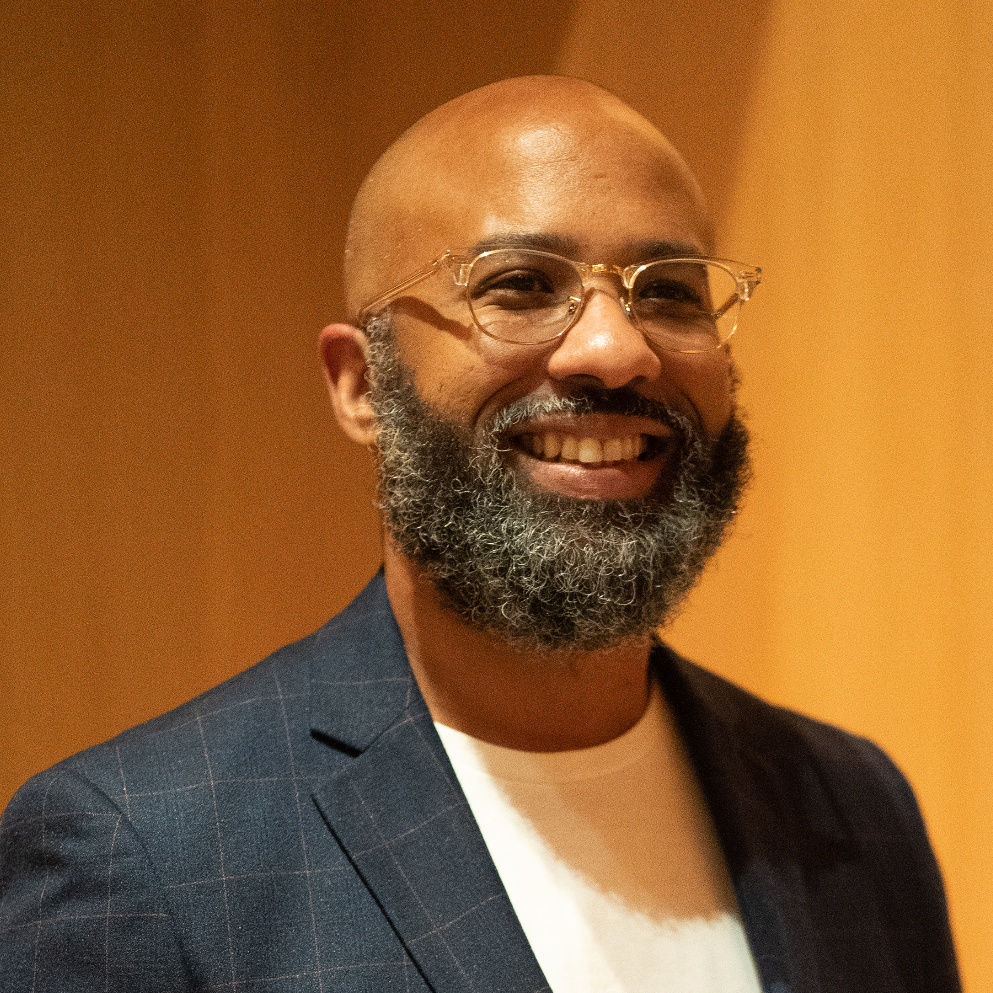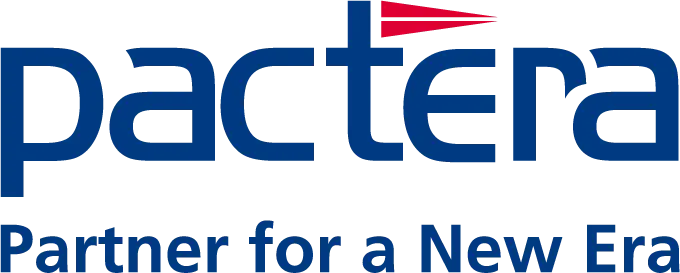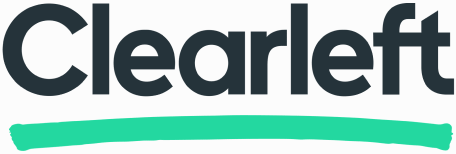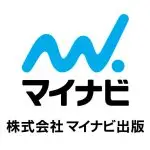WORKSHOP
This event has ended
Inclusive Design: Creating a Bias-Informed Practice
The Inclusive Design: Creating a Bias-Informed Practice workshop is intended to help organizations come up with systemic ways to mitigate bias in their design processes. It begins with the acknowledgement that our users have biases and so do we and asks how might we use design and content tools and methods to reduce the harm those biases might cause (or even use some of our mental shortcuts for good).
Prereqs & Preparation
- Please bring a notepad and pens.
A Usability Testing Masterclass
Do you want to start running your own usability testing projects, but don’t know how to prepare, run or deliver back what you find? This masterclass will give you a step by step, practical blueprint for running your own testing. As an active practitioner, I can give you many tips and tricks I have discovered to help you gain confidence in learning this valuable skill.
Part 1 – Planning for usability testing
In part 1 I will introduce you to the world of usability testing and why we do it. In this section we will find out about how to plan the research, write good research questions and test scripts, and understand who you want to conduct the tests with. In detail this section will include:
- What are the types of testing you can conduct?
- Planning your usability testing (practical)
- Writing a script to guide your sessions (practical)
- Recruiting and scheduling the right participants (practical)
- How to get stakeholders interested in usability testing
Part 2 – Doing the usability testing
Once we know what usability testing is and how you plan to run your sessions, we move onto how you run your tests. This covers everything you should expect to do on the day of running your testing sessions:
- What equipment will I need to run the tests on and record?
- What about testing on different devices?
- How to set up and schedule your sessions
- In pairs, running a short usability test on your own device (practical: please bring a laptop or phone)
- Observations and notetaking (practical)
Part 3 – Analysing and communicating your research
The final important stage of any usability testing project is understanding what you saw during your research. This final part of the day will cover how to make sense of the research findings and how to communicate it back:
- What did you really see? How can you interpret this? (practical)
- Ways of capturing and ordering your conclusions (practical)
- Understanding cognitive bias – stopping your own bias interfering with your analysis
- Tips on how to communicate and deliver back a usability testing project to stakeholders
Presenting beyond the product team
Presenting design is becoming a lost art. Death by Screens: it’s what happens when a designer shows their colleagues screen after screen after screen after screen… if you don’t have a story to tell, then you won’t win their attention. In this workshop, you’ll learn how to become a persuasive advocate for your design within your organisations.
What you learn
- Engage people with a story
- Speak with confidence
- Explain your rationale
- Influence stakeholders
- Facilitate constructive critique
How To Build an Inclusive Platform With UX Tips From Design at Netflix
Inclusive design is about designing your products and services to be used and benefited by a more comprehensive set of people. As part of our workshop, we will discuss inclusive design practices in practical contexts across various fields. By walking through examples of how Netflix practices Inclusive Design, participants will be able to understand how the Netflix design team approaches accessibility, globalization, and user research. I will give examples of how the Netflix product team uses the data collected to design products of the highest quality for the Netflix service.
What you will Learn:
- The seven principles of inclusive design
- A framework that will give you concrete ways to include more perspectives and create more inclusive results for a broader impact.
- We will take an inclusion quiz to see how we can make a product more inclusive.
- We will think through a game plan for making changes within your organization to gradually implement inclusive design.
Scaling Design through Journey Maps
A masterclass on how to embed and scale service design throughout organizations by using journey maps as a customer-centric management tool for agile organizations.
Nowadays, organizations run dozens, sometimes even hundreds, of agile projects that all impact customer and/or employee experience. Only few of these projects are innovation or design projects – many of these are changes in SOPs, implementing legal changes (such as GDPR), IT updates, and so on. These projects impact CX/EX, but are hardly coordinated. In general, organizations struggle with managing multiple agile teams.
Journey Maps are typically used as a design tool. However, in this workshop you’ll learn how to use Journey Maps to manage and track a whole range of projects impacting the CX/EX. Using Journey Map this way can help you identify overlaps and contradictions between running and planned projects. Marc will provide hands-on tips how to set this up in your organization or in your client's organization, and share 20 lessons learned on how to embed and scale service design in organizations.
Writing for Designers
Writing UX copy for apps and the web can feel difficult or even impossible. If you search online for help, you'll find lots of articles with the same old advice: write clear headlines, write scannable text, use plain language, explain benefits instead of features. That's all good advice, but it’s about what to write. How, exactly, are designers and design teams supposed to produce that writing? What does it mean to do UX writing? How do we actually do UX writing?
Scott will show you how in this workshop. You'll learn to:
- Identify types of UX content, and apply important considerations in writing each
- Scope and articulate writing assignments in the context of a larger design project
- Describe the roles and responsibilities of a design writer (or UX writer)
- Plan, execute, and improve writing workflows for you and your team
- Apply editing lenses and other tools to improve your writing
- Solicit and manage feedback
This is a workshop about process. It's focused on tools, workflows, methods, and principles that help you get the writing done on design projects. It's aimed at designers and other UX professionals who need reliable methods for dealing with content on their projects.
Participants will benefit from bringing a laptop or tablet they can use to type on and browse web content during the workshop.
VENUE
Accenture provide Gorgeous barista coffee!!
Sumitomo Fudosan Azabu Juban Building, 1 Chome-4-1 Mita, Minato City, Tokyo 108-0073, Japan



















